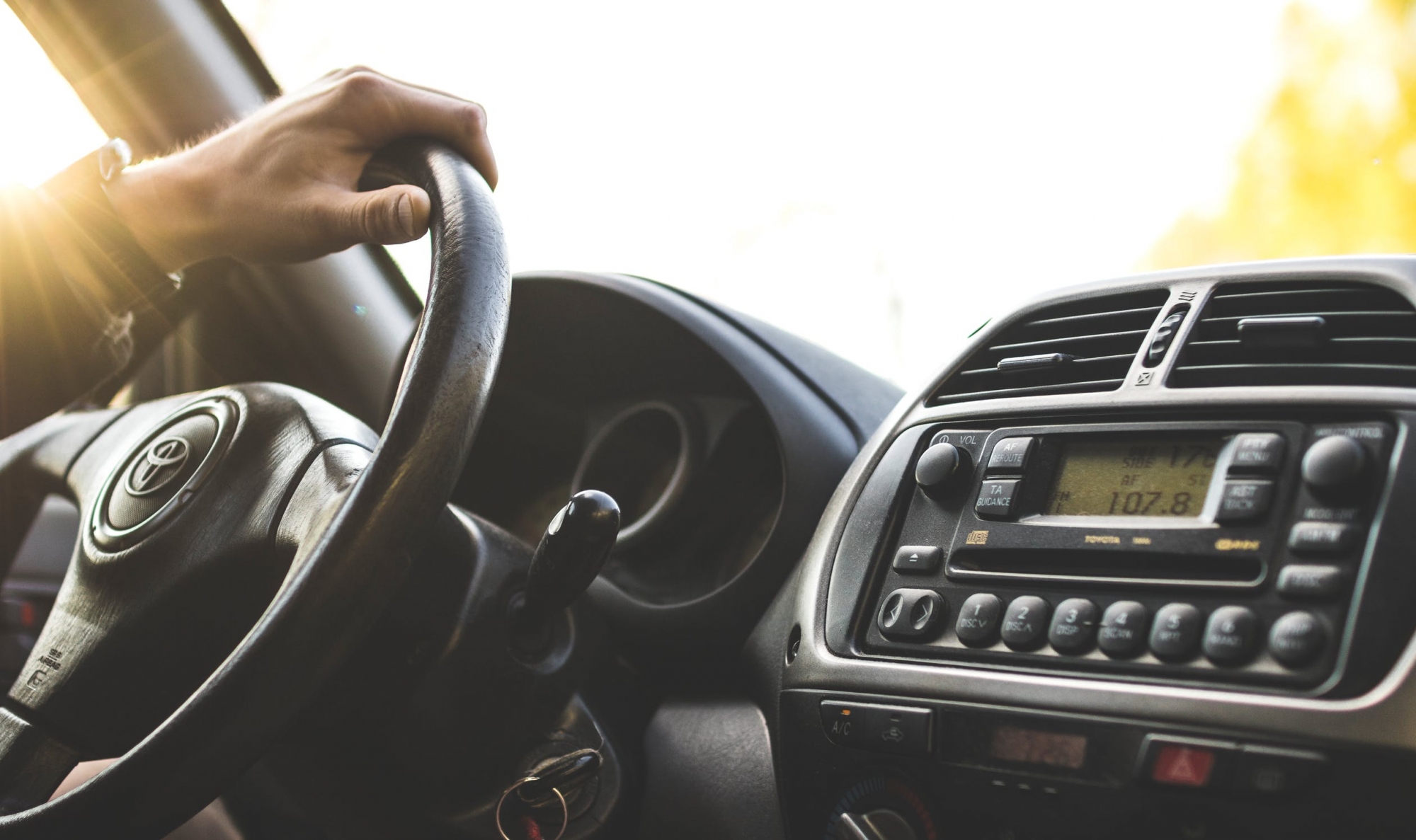You are here
Home 🌿 Recreational Marijuana News 🌿 Peer pressure key in drug driving decisions, study finds 🌿Peer pressure key in drug driving decisions, study finds

“Drug drivers more likely to be single, young males who often drive after using cannabis and who score high on sensation-seeking and impulsivity scales.”
An Australian systematic review of 219 publications found that peer influence is the most important social factor that would either induce or inhibit drug driving.
Citing the potential influence that drug driving can have on road crashes, investigators from the Queensland University of Technology sought to identify factors associated with drug driving to highlight knowledge gaps and, hopefully, “inform the design of more effective countermeasures.”
Researchers considered related information found on six different databases from Jan. 1, 2005 to July 31, 2021.
The study was released online this week and is expected to be published in the April 2022 edition of Accident Analysis & Prevention. To ensure findings were drug driving-specific, the reviewed studies compared drug drivers with either non-drug drivers, alcohol-only drivers or drug drivers from an earlier time period.
Various sociodemographic, psychosocial and legal factors emerged as the main factors associated with illegal drug driving, study authors write.
The review indicates that “at the sociodemographic and psychological levels, drug drivers were more likely to be single, young males who often drive after using cannabis and who score high on sensation-seeking and impulsivity scales.”
Looking at social factors, the key one to “be associated with drug driving was peer acceptance/disapproval of the behaviour,” the researchers note.
A 2021 Canadian study, involving people aged 17 to 35, also cited the influence of peers on driving after cannabis use (DACU). Various factors, including friends who had DACU and belief that DACU is safe, predicted past 12-month DACU, the researchers wrote.
“Older age, holding negative expectations concerning cannabis, driving aggressively and perceived accessibility of public transportation decreased the probability of DACU,” they added.
With regards to legal influences noted in the Accident Analysis & Prevention study, the authors point out the effectiveness of existing enforcement approaches seems to vary by jurisdiction. This, they suggest, is “due to differences in the level of perceived certainty of apprehension and the chances of punishment avoidance.”
To further enhance countermeasures, researchers recommend additional studies be conducted on anticipated and actual rewards related to drug driving.
A cannabis and driving review published last fall in Frontiers in Psychology reported that in the U.S., “rates of driving under the influence of this drug are increasing significantly.”
A University of British Columbia study published this year in the New England Journal of Medicine revealed that THC is being detected in twice as many injured drivers since cannabis was legalized in Canada.
“The findings may be a signal that more Canadians are choosing to drive after using cannabis.”
Increasing drug driving rates is potentially pitting science against public policy, authors of the U.S. study note, writing that “the legal cart is currently significantly ahead of the scientific horse.”
While it is key to rely on science when it comes to detection procedures for cannabis-impaired drivers, “there are many, often unacknowledged research gaps in these and related areas, that need to be addressed in order provide a more coherent basis for public policies.”
The debate over THC detection and impairment has long raged.
A study published in JAMA Psychiatry last month found “when experienced users control their own intake, driving impairment cannot be inferred based on the THC content of the cigarette, behavioural tolerance or THC blood concentrations.”
Even so, authors write that the increasing willingness to drive at 90 minutes “may indicate a false sense of driving safety.” Poorer driving performance appears to resolve by about 4.5 hours in most individuals.
420 Intel is Your Source for Marijuana News
420 Intel Canada is your leading news source for the Canadian cannabis industry. Get the latest updates on Canadian cannabis stocks and developments on how Canada continues to be a major player in the worldwide recreational and medical cannabis industry.
420 Intel Canada is the Canadian Industry news outlet that will keep you updated on how these Canadian developments in recreational and medical marijuana will impact the country and the world. Our commitment is to bring you the most important cannabis news stories from across Canada every day of the week.
Marijuana industry news is a constant endeavor with new developments each day. For marijuana news across the True North, 420 Intel Canada promises to bring you quality, Canadian, cannabis industry news.
You can get 420 Intel news delivered directly to your inbox by signing up for our daily marijuana news, ensuring you’re always kept up to date on the ever-changing cannabis industry. To stay even better informed about marijuana legalization news follow us on Twitter, Facebook and LinkedIn.




